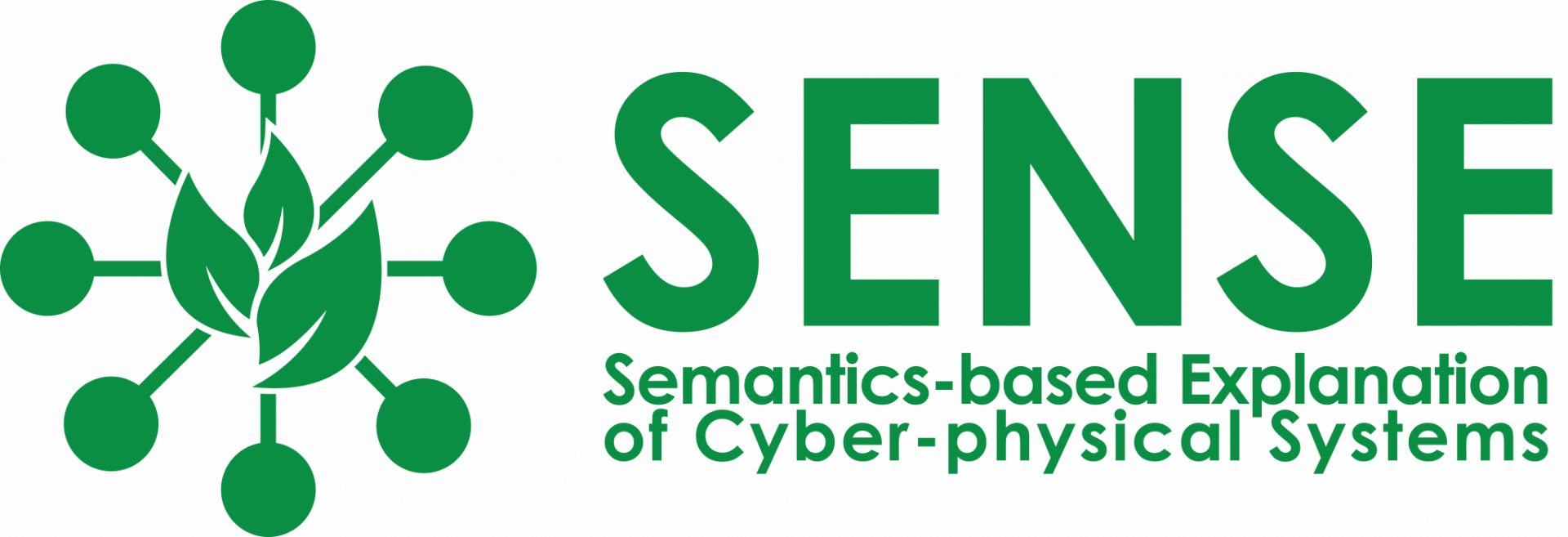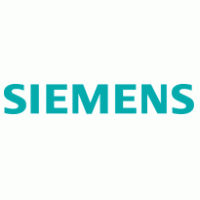
SENSE
While Austria is striving to achieve (inter)national sustainability goals, 70% of its greenhouse gas emissions are caused by critical infrastructures such as transportation, energy industries, and buildings. Modernizing these infrastructures so that they are more efficiently run is an important approach to increase sustainability. Additionally, Austria is making major steps towards rolling out green technologies at scale (electric vehicles (EVs),
local energy communities (LEC), and renewable energy sources (RES)). Yet, user acceptance of these technologies plays a critical role in their diffusion. To sum up, ensuring that key infrastructures are efficient and user-friendly can translate into sustainability gains and ultimately contribute towards the country’s energy sovereignty.
Thanks to recent advances in digitalization, the infrastructures mentioned above rely on complex systems that interconnect real and digital assets known as Cyber-physical Systems (CPS). Smart grids and buildings are examples of CPS. As CPSs are becoming increasingly complex and dynamic, their transparency, in terms of why certain system events happen, diminishes. This hampers (technical) system operators in running the
system safely and economically efficiently and also reduces user-friendliness at a time when (system) transparency is demanded by end customers or even legally enforced. Explanations of CPS events could improve CPS transparency, contributing to increased efficiency and user-friendliness and impacting sustainability. As a result, research on the cutting-edge technology of explainable CPS (ExpCPS) is emerging but so far resulted in initial and diverse approaches tested in small-scale settings and failed to provide insights into the impacts of explainability on sustainability.
SENSE will address this status and advance ExpCPS research in three ways. First, at the scientific level, SENSE will align, advance and strengthen the scientific and technology level of ExpCPS through: (i) the extension of standard Digital Twin architectures; (ii) novel ExpCPS methods based on semantic technologies lead to semantics-based explainability systems (i.e., SENSE systems); (iii) personalized and interactive user interfaces; (iv) all combined in a robust technology stack. These cutting-edge ExpCPS technologies will strengthen Austria’s sovereignty in technologies for managing CPS underlying its key infrastructures. Second, SENSE is guided by two realistic use cases in the smart grid (with emerging topics of EVs, and LEC) and smart building domains from Austria’s largest smart city living lab. Technology advances will be applied to these use cases through several in vitro (simulation-based) and in vivo (living lab-based) proofs-of-concept with high domain-specific novelty and exploitation potential. Third, the developed PoCs will be the basis for user studies that will provide data for assessing the impact of ExpCPS on sustainability through newly developed economic evaluation models.
Partners





